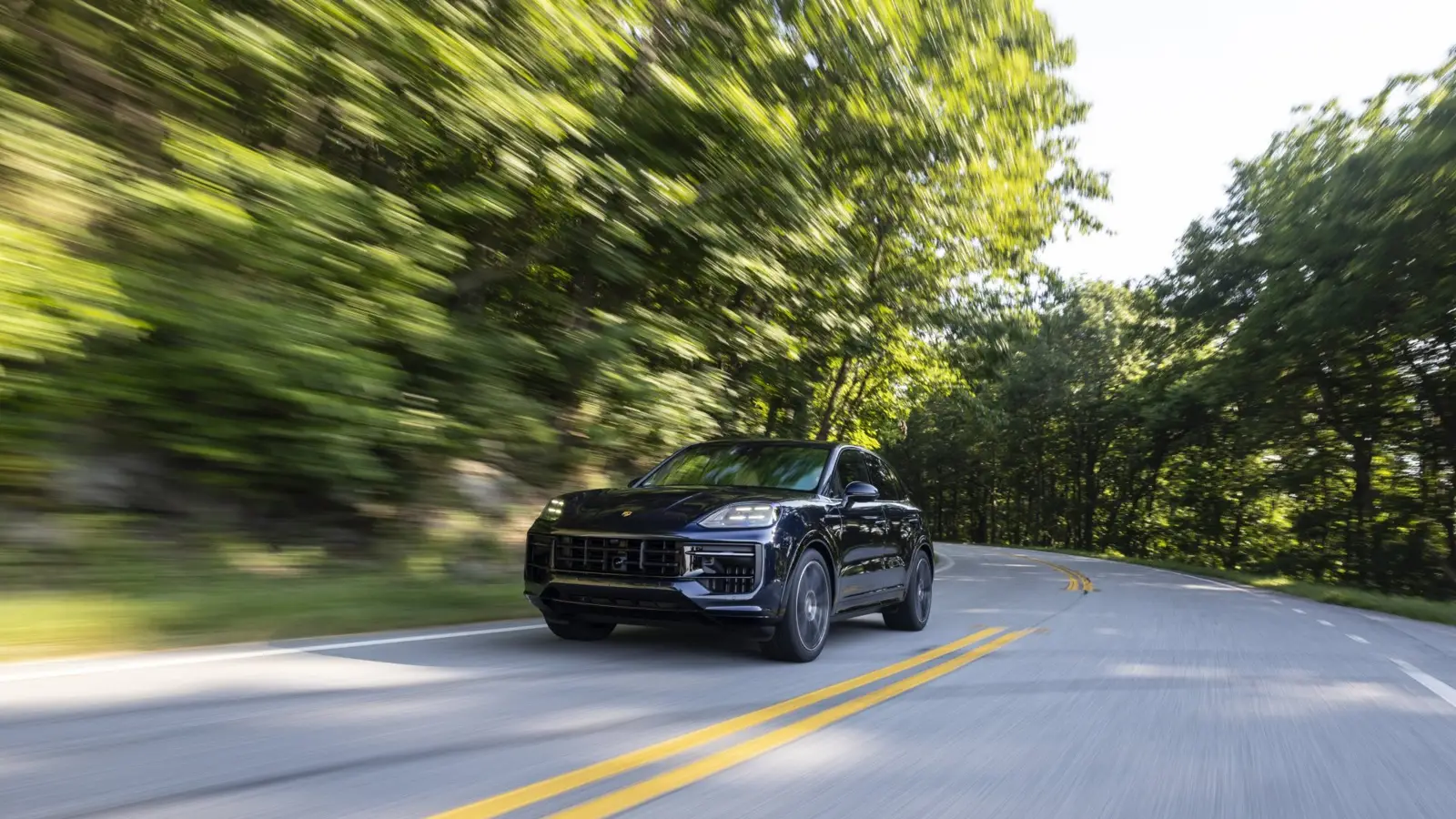Articles
Ideal number of cars for a balanced and practical lifestyle

Explore how many cars truly meet modern needs without excess — data from AAA, ADAC, and Euro NCAP 2025 show that practicality and shared mobility shape the ideal balance between comfort and economy.
How many cars does one really need for a comfortable yet modest life? In 2025, that question is more relevant than ever. Rising fuel prices, the growth of EVs and car-sharing, and shifting city habits have reshaped what “personal transport” means.
Data shows that most families in developed countries still rely on having at least one car. In the U.S., over 90% of households own a vehicle, and in Germany, about 49 million cars are registered. It’s not a luxury — it’s part of daily life. But the real question remains: how many cars do we actually need?
According to new AAA and ADAC reports, the total cost of ownership has slightly decreased since 2024 but still represents a major household expense. For most families, one versatile car remains the smart choice — reliable, safe, and flexible enough for everyday tasks.
Best type of car for city life
For urban living, compact crossovers have become the most balanced option. They offer better visibility, easy loading, and a comfortable seating position while remaining maneuverable in tight city spaces. ADAC notes that not all SUVs are bulky — small urban SUVs combine practicality and agility without the drawbacks of large vehicles.
A crossover suits those who often travel out of town or carry sports gear or groceries. However, size and efficiency matter: lighter hybrid or electric models now lead city rankings. Among the most successful 2025 examples are:
- Volkswagen T-Cross — a subcompact SUV rated five stars by Euro NCAP for safety.
- Toyota Urban Cruiser — a new compact electric SUV designed specifically for urban use.
- Volvo EX30 — a small electric crossover offering high comfort and low environmental impact.
- Ford Puma (Gen-E) — the electric version of Ford’s popular compact crossover with solid range.
Still, a crossover isn’t always necessary. As AAA and ADAC point out, if a “weekend car” spends most of its time parked, it becomes a luxury. In such cases, car-sharing or short-term rental makes more sense. In Germany, over 45,000 vehicles are available in 2025 for flexible, pay-per-use access — covering nearly all occasional travel needs.
The balance without excess
Economically, a second car only makes sense when it serves a specific purpose — like frequent countryside trips, hauling equipment, or reaching remote properties. Otherwise, modern mobility services easily fill the gap.
The ideal 2025 formula is simple: one dependable, multi-purpose car for daily life, plus access to shared vehicles for everything else. It’s the modern definition of living well without luxury — where comfort, logic, and economy move in harmony.
2025, Oct 12 22:05


